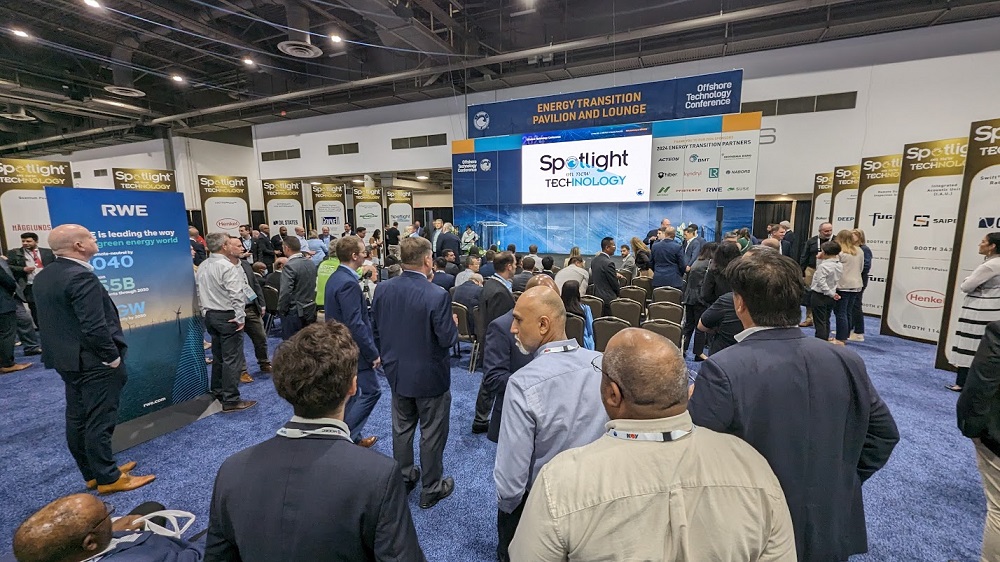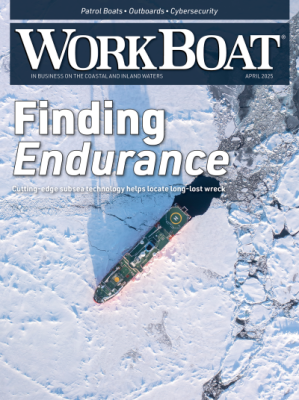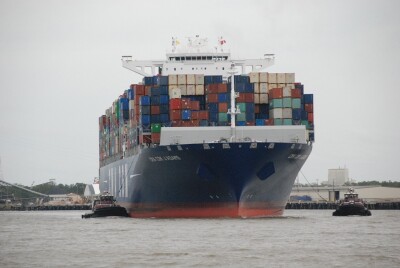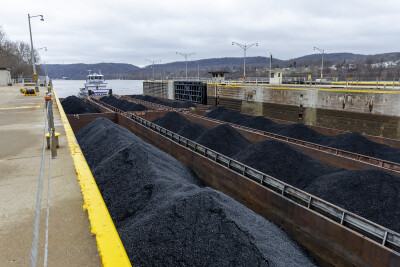The Offshore Technology Conference (OTC) pulls together energy professionals from across the planet to discover the latest developments for offshore resources and environmental matters. In 2024, questions about a shift to renewables were front and center, with a throughline related to how an approach to this shift can make sense in the short and long term. Takeaways that resonated most with attendees focused on how they needed to approach answering the following questions.
The energy transition is underway but how do we get there?
The desire to utilize a more environmentally friendly energy source compared to oil and gas has been a talking point for decades, but the realities of this transition have always been a sticking point. In the past, there was some doubt and even pushback associated with this transition, but that reticence was nowhere to be found at OTC 2024. Instead, professionals like Dr. Scott Tinker from the Bureau of Economic Geology at the University of Texas at Austin and James Bennett from the American Offshore Wind Academy detailed what it means for leader to have courage to reduce oil and gas reliance while also working on developing and integrating alternative energy sources in a balanced way.
Their conversation and presentations explored what the future energy mix looks like, with Dr. Tinker highlighting how that word “renewable” is one he always breaks down, since solar, wind and other “clean” energy sources need to be considered on a more granular level which includes the economic realities associated with each. Those realities can further stimulate accelerating economic growth, which Bennett contextualized in terms of needed to be realistic about understanding tradeoffs.
“Nothing is perfect,” Dr. Tinker told the crowd. “Economic acceleration allows us to address these dual challenges.”
While ExxonMobil is one of the largest refiners and of petroleum product, the company has also cumulatively captured more human-made CO2 than anyone else, highlighting what it can mean to support energy efforts on every side. Erik Oswald from ExxonMobil Low Carbon Solutions talked about how it’s about “and” as opposed to “or” when it comes to this future energy mix, as the company views offshore Carbon Capture and Storage (CCS) as a significant business. That approach is ultimately what it driving an idealogy that isn’t about trying to pick oil & gas over renewables, or vice-versa.
Can this shift solve an eternal problem?
The approach that the offshore and maritime industries as a whole can take to the energy transition isn’t a simple one, but that potential challenge also represents a real opportunity. Labor issues have been identified as the one that has never really gone away in either sector, which has caused some to say that this new economy will require “green jobs” that newly define needs and skills for hundreds of thousands of seafarers worldwide.
These new roles and titles could resonate with the workforce of the future in a whole new way. They could open up opportunities that will be unique to this workforce in way a new generation of workers can define in terms of responsibilities, pay and more.
"It's all about the narrative,” said Céline Gerson from Fugro in response to a question around what it means to engage this new workforce. "We're doing incredibly innovative work and everything we do has a purpose in mind that resonates with the next generation. We need to develop and expose them to this story and technology."
What new models and systems are being pioneered?
Cutting-edge subsea robotics technologies and applications aren’t just about a new piece of technology but also about how a given innovation is changing things in a fundamental manner. It’s one thing to introduce a tool that enables a cheaper, faster or safer means of performing a given task, but it’s another to change the expectations for an entire industry based on new models and ecosystems. OTC attendees were able to better understand what some of these new models and ecosystems are thanks to multiple presentations.
During a How USVs can change the offshore inspection market through novel operating models presentation, Jelmer de Winter from Fugro talked through a study to explore whether or not USVs could capture more data to lower costs. Their study proved that more data improved the costs associated with the asset and also led to an increased lifetime. Additionally, more data improved the levelized cost of energy (LCOE) to outline the benefits of a USV inspection-as-a-service model that could create tremendous value so long as asset owners commit to a certain number of inspections.
“More data collection days can be performed with the same budget,” de Winter said. “It’s proof that we really need to think of new business models.”
During the Enabling underwater Internet of things presentation, Giovanni Massari from Saipem detailed the benefits that can be enabled from creating a true underwater Internet of Things (IoT) monitoring system to locally acquire and deliver data. Multiple devices and sensors currently capture data but they’re disconnected. While the cost of interconnecting all of these systems could be considerable, the benefits of doing so are potentially even more signifcant as this system could autonomously perform a series of complex operations requiring the exchange of data for positioning and supervising subsea infrastructures.
“These underwater IoT solutions represents a real game changer for the offshore energy industry, as they'll allow us to enable digitalization and improve monitoring performances through much more informed decision making processes,” Massari said.
Which innovations are reshaping the offshore energy sector?
While the exhibitor floor features hundreds of companies and thousands of products, the winners of the 2024 Spotlight on New Technology Award highlight some of the newest and most powerful innovations in the sector. Products were chosen based on their uniqueness, degree of ingenuity, demonstrated success, commercial viability, and the ability to make a significant impact across the offshore industry.
The 2024 Spotlight Winners were…
- Baker Hughes TRU-ARMS™ advanced reservoir mapping services
- Baker Hughes Sonus™ Acoustic-Set Liner Hanger System
- Hägglunds, a brand of Bosch Rexroth Quantum Power
- DeepOcean Autonomous Inspection Drone
- Fugro Blue Dragon® seafloor drill
- Fugro Remote subsea inspection solution
- Henkel LOCTITE®Pulse™
- Oil States ACTIVEHub™ with ACTIVELatch™
- Oil States Swift DW2 RAR Connector - Ratchet Anti-Rotation Mechanism
- Saipem S.p.A. Integrated Acoustic Unit (I.A.U.)
The 2024 Spotlight Small Business Winners were...
- BridgeFlow Valve Ltd. BridgeFlow Mechanized Ball Valve
- GOWell Multi-aperture Motion-compensative Pulsed Eddy Current Deep Detection Method for Multi-pipe Thickness Corrosion Measurements (ePDT)
- GOWell Elastic Structure Nonharmonic Resonance Method for Through-Tubing Cement Evaluation (TTCE)
- HYTORC Industrial Bolting Systems LIGHTNING™ PUMP Series
- Nanoprecise Sci Corp NrgMonitor™





